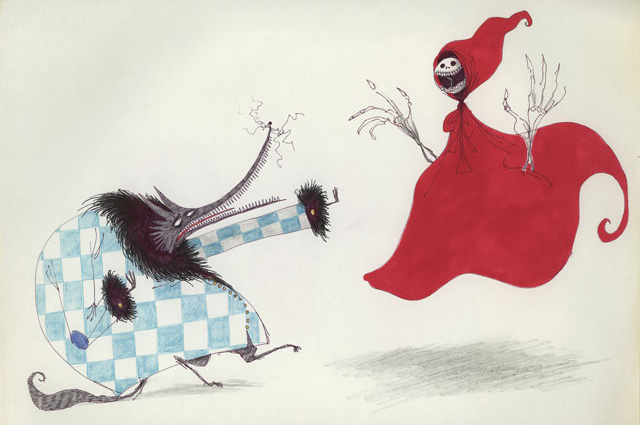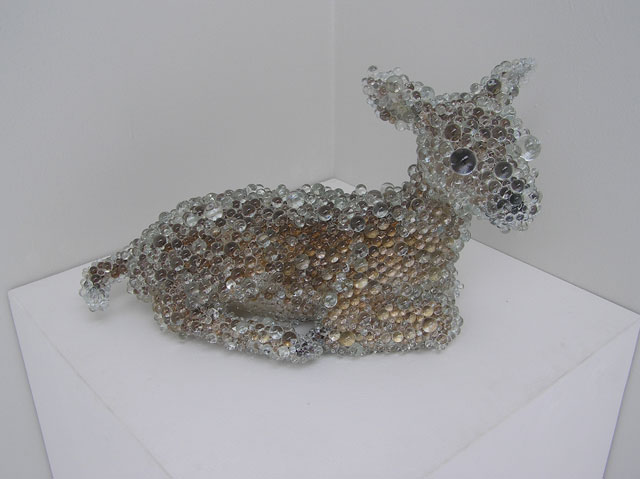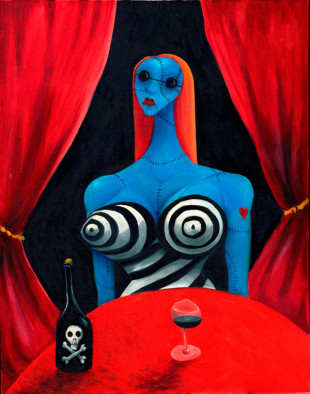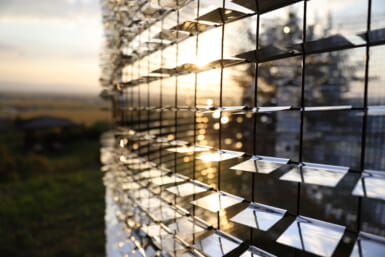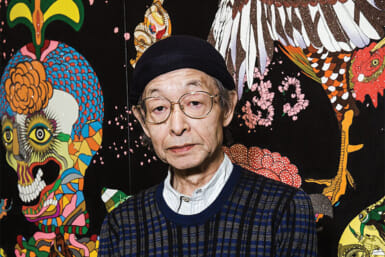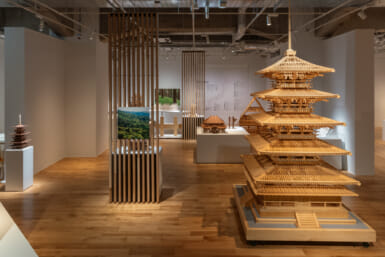Narahara Ikko: Domains
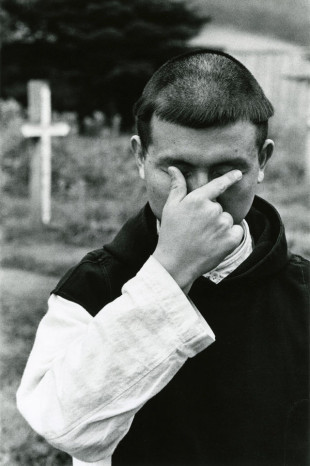
Narahara Ikko, Garden of Silence from Domains (1958, The National Museum of Modern Art, Tokyo) © Narahara Ikko Archives
Narahara Ikko’s photographs are a study of silence, in all its myriad daily manifestations—its textures, its many shades—and an exploration of the landscape of isolation. Yet his collection of haunting photographs, Domains, has much to say.
Originally presented in 1958, Narahara’s Domains opens the door to two separate, unfamiliar places—a Trappist monastery in Hokkaido and a female prison in Wakayama. The images may seem remote, far removed from us in space and time, but their source of inspiration stems from a more intimate, accessible place. According to MOMAT curator Rei Masuda, the motivation for this work came from Narahara’s own feelings of isolation and loneliness; he even used the term “personal document” to describe his early work. Though Domains focuses on isolated places, rather than making a documentary in a social context, Masuda says Narahara “tried to consider and depict isolation and loneliness for human beings, not only in such peculiar places, but also commonly shared by people living in modern society.”
These feelings are universal, not limited to monks or prisoners, or any one time period. “We can find something still vivid for us in this work,” Masuda adds, describing the exhibition, which includes some 87 prints, as “one of the masterpieces of Japanese photo history.”
The National Museum of Modern Art, Tokyo (MOMAT)
Dates: November 18, 2014–March 1, 2015
Hours: 10:00–17:00, Fridays until 20:00, closed Mondays
Web: www.momat.go.jp/english/artmuseum/naraharaikko.html
The Hara Museum Collection at 35
The origins of the Hara Museum actually date back 37 years, to 1977, when the Arc-en-Ciel Foundation started. Looking to fill a void in Japan for a museum specializing in contemporary artwork, the foundation culled exceptional pieces from both Japan and abroad. The Hara Museum of Contemporary Art opened two years later in 1979, and has since grown to house a collection of over 1,000 works. This retrospective exhibition focuses on artists who are active in Japan, representing the best of Hara’s offerings over the past 35 years.
Visitors can see works by famous Japanese artists, such as Masako Ando, Izumi Kato, and Rika Noguchi, together for the first time in one exhibition, as well as the permanent sculptures and installations that have become a fixture and emblem of Hara Museum. Additionally, the exhibition highlights the Mono-ha movement of the late 60s, with works by Lee Ufan and his contemporaries. This group of works made from everyday materials includes a permanent installation by Nobuo Sekine.
This is a truly eclectic show, with a bit of everything sure to appeal to an audience as diverse as the exhibition itself.
Hara Museum of Contemporary Art
Dates: October 25, 2014–January 12, 2015
Hours: 11:00–17:00, Wednesdays until 20:00, closed Mondays
Web: www.haramuseum.or.jp
The World of Tim Burton
For die-hard Tim Burton fans, there is a rift in his oeuvre between the classic, avant-garde Tim Burton, and the more recent, mainstream Tim Burton. Whether you’ve been a fan of his since way back, watching cult classics like Edward Scissorhands or The Nightmare Before Christmas on VHS, or you’ve watched his big-budget, family-friendly films like Alice in Wonderland or Charlie and the Chocolate Factory in the theater, it’s undeniable that Burton has an unmistakable, unforgettable style that shines darkly in every setting.
Equal parts quirky and gothic, Burton’s films blend the grotesque with the goofy in a larger-than- life, surreal world of brilliant colors, silent shadows, stage-like sets and real human emotion. This exhibition, with over 500 collected items, brings us behind the scenes and into the mind of the iconic director. With numerous illustrations and sketches dating back to his teen years, this exhibition allows us to meet Burton’s characters from the moment of their “birth.” “We can see the films that Tim Burton dreamed,” explained Mori Gallery representative Maiko Ito. “His essence has not changed since that time.”
Also included in the exhibition are Burton’s personal photos, objects, and letters, as well as previously unreleased videos. This is the first time any of these works have been displayed in Japan—a nation that was a little slow to embrace Halloween, and to welcome Burton’s macabre aesthetic. But for many of us westerners of a certain age, Tim Burton has long since held a special, sinister place in our hearts. This exhibition is a chance to get to know him better.
Mori Arts Center Gallery
Dates: November 1, 2014–January 4, 2015
Open: Every day 11:00–20:00
Web: www.tim-burton.jp
—By Sarah Custen
Main Image: Untitled (Little Dead Riding Hood) 1981 11 x 15 1/2″ Pen and ink, marker, and colored pencil on paper. ©Tim Burton

